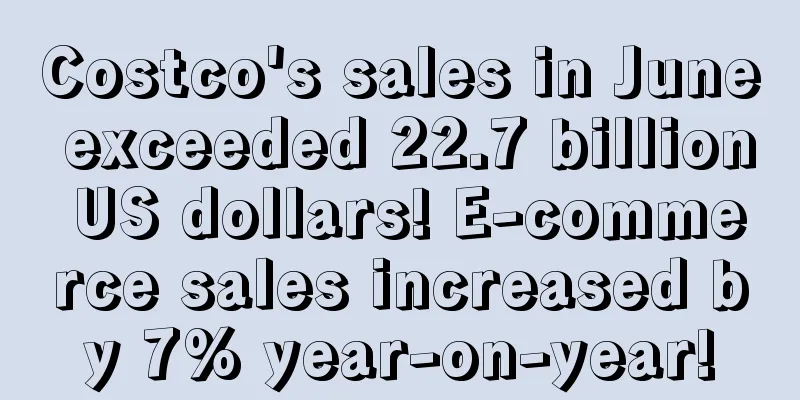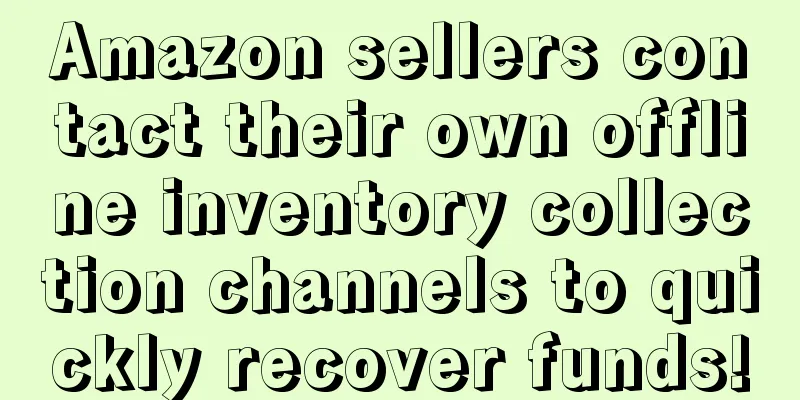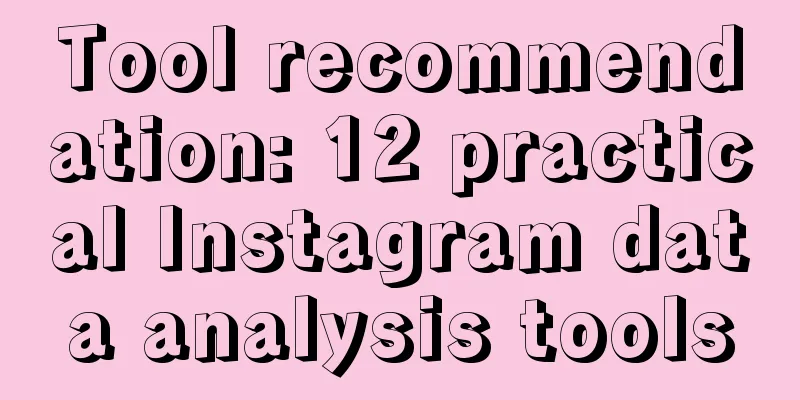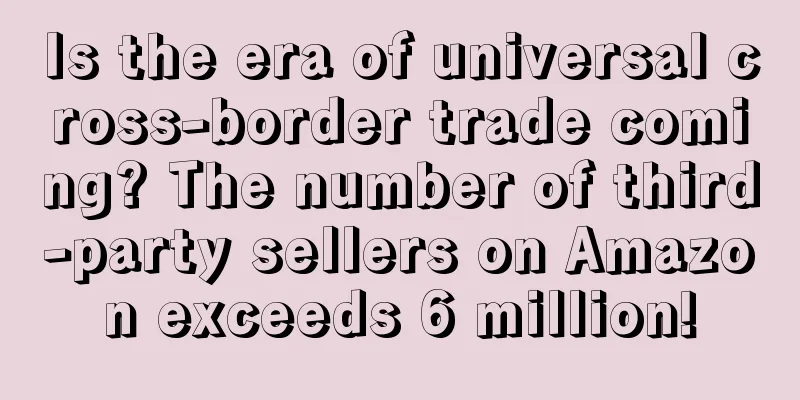What is the WEEE Directive (Waste Electronic Equipment Directive)? WEEE Directive (Waste Electronic Equipment Directive) Review
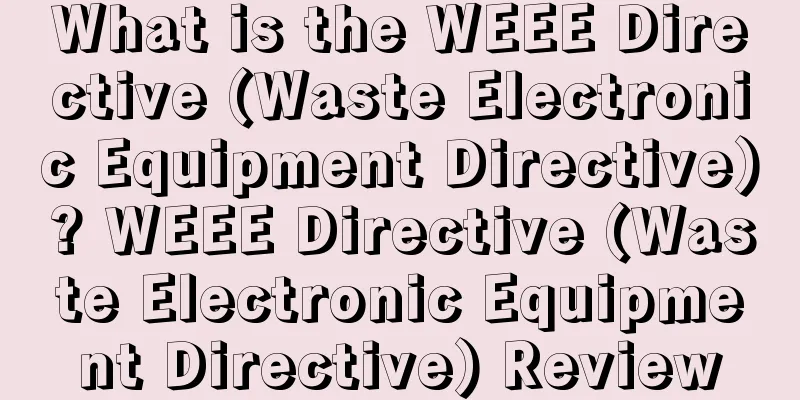
|
WEEE stands for Waste Electronic and Electronic Equipment (WEEE) Directive (2002/96/EC), which refers to the EU Directive on Waste Electronic Equipment adopted by the European Parliament and the Council. Core Content Since August 13, 2005, manufacturers of electronic and electrical equipment circulating in the EU market must legally assume the responsibility of paying for the recycling of scrapped products. At the same time, EU member states are obliged to formulate their own electronic and electrical product recycling plans and establish relevant supporting recycling facilities so that end users of electronic and electrical products can dispose of scrapped equipment conveniently and free of charge. Producer responsibility: Design environmentally friendly products, comply with RoHS directive requirements, and register with EU member states. Product identification requirements: producer name, production date and related marks (with recycling "WEEE" mark). Applicable product range Large household appliances; small household appliances; IT and communication equipment; consumer electronic and electrical equipment; lighting equipment; electronic and electrical tools (except large fixed industrial tools); toys, leisure and sports equipment; medical equipment; testing and control instruments; vending machines. Excluded: Equipment, weapons, munitions and war materials related to the vital security interests of a Member State. Logo WEEE Directive Implementation Schedule · February 13, 2003, the directive was published in the Official Journal of the European Union; On August 13, 2004, EU member states implemented national regulations; On August 13, 2005, manufacturers ensured that recycling systems were in place and equipment entering the EU market should be labeled with WEEE; By December 31, 2006, EU member states should ensure that the collection, recovery and recycling targets for waste electrical and electronic equipment are met; By December 31, 2008, EU member states should establish new targets for collection, recovery, reuse and recycling. WEEE Certification Process 1. Merchants fill in the German recycling registration application form 2. The merchant submits the form and the recycling company draws up a recycling contract. 3. Merchant’s signature; 4. The recycling company signs the contract and the contract becomes effective; 5. The merchant receives the bill and pays the bill; 6. The recycling company provides the contract and merchant registration information to EAR for review; 7. After EAR review, a WEEE code will be issued and the product will be entered into the German electronic recycling computer query system. Development History -On December 3, 2008, the European Union issued a proposal to amend the WEEE Directive (2002/96/EC) and the RoHS Directive (2002/95/EC). -On September 3, 2009, the Secretariat of the Council of the European Union submitted new draft revisions of the RoHS Directive and the WEEE Directive to representatives of the EU member states. The new draft revisions reinserted Annex IA and Annex IB (categories of electrical and electronic equipment and lists of products in each category) and clarified and supplemented other contents. -On January 19, 2012, the European Parliament voted to approve the amendment to the Waste Electrical and Electronic Equipment Directive (WEEE Directive). EU Directive 2012/19/EC will require manufacturers to transition to a public scope and gradually establish recovery and recycling targets for all categories of electrical and electronic equipment. Hot Events (Germany) Origin Electronic recycling laws play a vital role in protecting soil pollution and groundwater. All electronics manufacturers in Germany were required to register as early as 2005. As Amazon's strategic position in global business continues to improve, foreign electronic devices continue to pour into the German market through Amazon. In response to this situation, on April 24, 2016, the German Environmental Protection Department issued a law specifically targeting e-commerce, requiring Amazon to notify foreign e-commerce companies selling on the Amazon platform to register for electronic device recycling. Before obtaining the WEEE electronic device recycling code, Amazon must order merchants to stop sales. as a result of 1. If the product does not have a trash can with a slash through it printed on it, or if the product is not registered for recycling in Germany, the competitor will entrust a German lawyer to send a letter to Amazon, requesting that it stop selling the company's products, and apply for court proceedings to destroy all of the company's products on Amazon. 2. The listing is directly banned by Amazon. |
>>: What is NetEase Kaola? NetEase Kaola Review
Recommend
Big event of the week! Former Amazon executive: The platform chose counterfeit goods
Amazon launches free online music service US e-co...
How to make the most effective use of Amazon’s golden period of new product traffic?
Sellers familiar with Amazon should know that Ama...
The U.S. consumer market continues to recover, with e-commerce sales increasing by 13.2% year-on-year in February
It is learned that according to a report released ...
What is Qingdao Sirui International Logistics Co., Ltd. Q? Qingdao Sirui International Logistics Co., Ltd. Q Review
Qingdao Sirui International Logistics Co., Ltd. pr...
FBA shipments lost multiple times and claims failed? That’s because your approach is wrong!
Maomao often sees in the seller group that many se...
What is Cybellum? Cybellum Review
Cybellum is an Israel-based cybersecurity startup ...
93 ships are waiting to unload! Congestion at Los Angeles Port intensifies!
It is learned that according to foreign media repo...
What is Fenghuo Cross-border? Fenghuo Cross-border Review
Fenghuo E-Commerce Co., Ltd. is an enterprise dedi...
The Los Angeles wildfire has become the fuse for the collective bankruptcy of cross-border sellers
In early 2025, wildfires broke out in Los Angeles...
What to do if the product is suddenly not searchable and is marked as adult products? Here are some tips for you
Many customers must have encountered this situati...
Amazon is asked to recall its own products!
Amazon has made considerable profits from its sel...
88% of consumers plan to shop on Labor Day! Which categories have the best chance of "exploding sales"?
<span data-docs-delta="[[20,"获悉,根据市场研究公司Nu...
What is JetNet International? JetNet International Review
Shanghai J-NET International Logistics Co., Ltd. (...
What is WeChat Pay? WeChat Pay Review
WeChat Pay is the international version of WeChat ...
Mercado Libre is the preferred online shopping platform for Mexicans! Amazon ranks second!
<span data-shimo-docs="[[20,"获悉,根据联邦电信研究所(...

